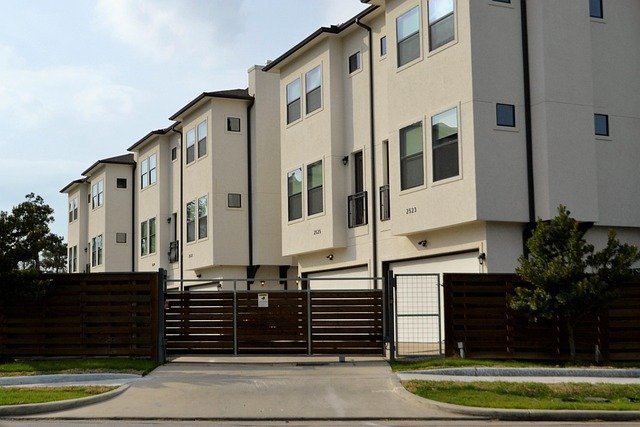Balancing privacy and shared amenities in high-density residential towers
High-density residential towers offer a mix of private living space and shared facilities. For renters and those considering leasing or relocation, weighing private comfort against communal amenities affects daily routines, budgeting, and long-term satisfaction. This piece looks at practical trade-offs and decisions to consider when choosing a unit in a highrise context.

High-density residential towers can concentrate conveniences while compressing private space. For residents navigating rentals or leasing in such buildings, privacy is shaped by layout, floor level and building policies, while shared amenities influence lifestyle, commute choices and community dynamics. Understanding how utilities, maintenance obligations and neighborhood connections are handled helps renters and people planning relocation balance personal space with collective benefits.
How do rentals and leasing work in highrises?
Lease agreements for highrise buildings often specify what is included in rent, such as certain utilities, access to amenities and maintenance responsibilities. In highrise settings, management may enforce rules on noise, guest access and use of common areas. For prospective tenants, review clauses about service charges, lease length and subletting to understand how privacy can be protected and how shared resources are scheduled. Knowing the building’s policy on deliveries, packages and concierge services also helps set expectations around daily living and personal convenience.
How does relocation affect commute and transit?
Relocation to a highrise can change commute patterns substantially. Proximity to transit hubs, availability of parking and cycling infrastructure influences whether residents rely on public transit or private vehicles. Highrise buildings in well-connected neighborhoods reduce commute time but can increase foot traffic and shared elevator use, which affects privacy and daily routines. When choosing a unit, consider walkability to transit lines and the typical commute times for household members, since shorter commutes can offset trade-offs in shared living environments.
What utilities and cooling systems matter?
Utilities and cooling are central to comfort in taller buildings. Centralized cooling and heating systems may be efficient but can limit individual control over temperature, affecting perceived privacy and comfort. Metering arrangements—whether utilities are included in rent or billed separately—impact budgeting. Ask about backup power, water pressure on higher floors and maintenance schedules for HVAC systems to understand how utility provisioning interacts with both private living quarters and common systems managed by building operators.
How are amenities and maintenance shared?
Shared amenities—gyms, pools, lounges and rooftop terraces—add value but require rules and upkeep. Maintenance schedules, booking systems and capacity limits determine how often residents can use common spaces and how privacy is preserved during busy periods. Regular maintenance reduces complaints and preserves asset value, but it can also limit access at certain times. Clarify who handles repairs inside units versus in common areas, and whether there are additional service fees for amenity upkeep to incorporate into monthly budgeting.
How do safety and connectivity influence neighborhood choice?
Safety procedures, building security and digital connectivity affect both privacy and lifestyle. Access control systems, surveillance in public areas and on-site security personnel can enhance safety but may also increase a sense of surveillance in common zones. Reliable internet and mobile coverage are essential for remote work and smart-home devices, while good connectivity to neighborhood services supports errands and social needs. Evaluate local emergency response times, lighting in public areas and community norms to judge how safety measures align with personal privacy preferences.
How to handle furnishing, budgeting, and long-term upkeep?
Furnishing a highrise unit should account for space constraints and building rules about altering interiors. Budgeting needs to include rent or mortgage, utilities, service charges and periodic maintenance contributions for shared facilities. Reserve funds for repairs, cooling system servicing and potential upgrades to appliances that improve energy efficiency. For long-term residents, participating in resident committees or review meetings can influence maintenance priorities and amenity scheduling, helping strike a balance between private comfort and shared benefits.
Conclusion Balancing privacy and shared amenities in high-density residential towers requires clear information about leasing terms, building management policies and neighborhood infrastructure. Assess how utilities, cooling, maintenance and safety systems are arranged, and factor in commute, transit access and connectivity when choosing a location. Thoughtful budgeting and an understanding of amenity access patterns make it possible to enjoy many communal benefits without sacrificing the level of privacy and comfort that fits your lifestyle.






